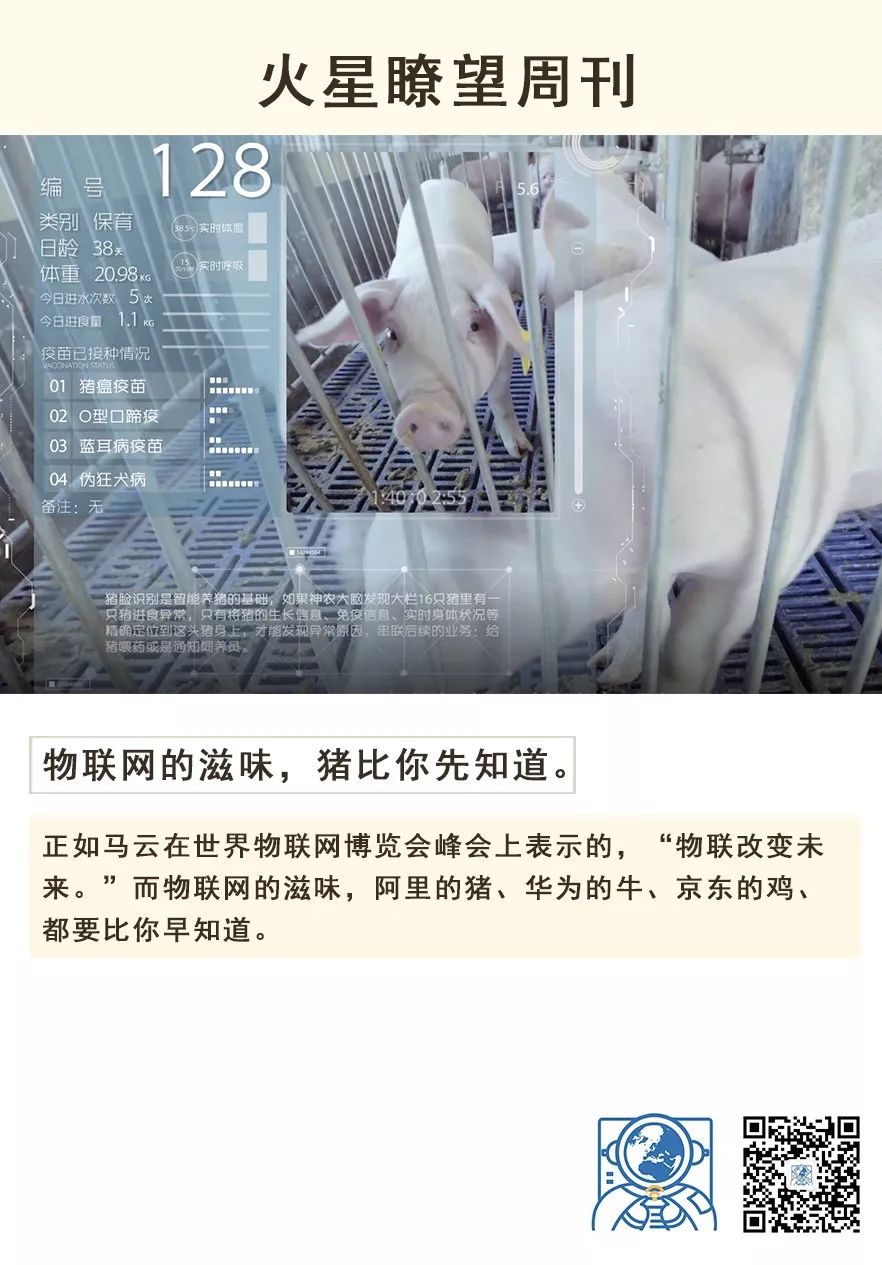
In the past, urban white-collar workers loved to joke that they could just quit their jobs and go home to farm.
Now, black technology empowers agriculture, making even farming at home a technical job.

Internet tycoons are teaming up to engage in agriculture
On January 9, Huawei officially refuted rumors that it collaborated with Yuan Longping to grow rice, but also admitted that it has been promoting soil digitization and smart agriculture for many years.
Although the collaboration between Huawei and Yuan Longping is a rumor, in 2017, Huawei partnered with China Telecom and Yinchuan Aote to raise cattle, which is a fact.
Huawei equipped cows with smart collars, using NB-IoT (Narrowband Internet of Things, a key technology for achieving connectivity) technology to monitor each cow’s health data in the cloud, accurately determining the estrus of cows, ultimately increasing milk production.
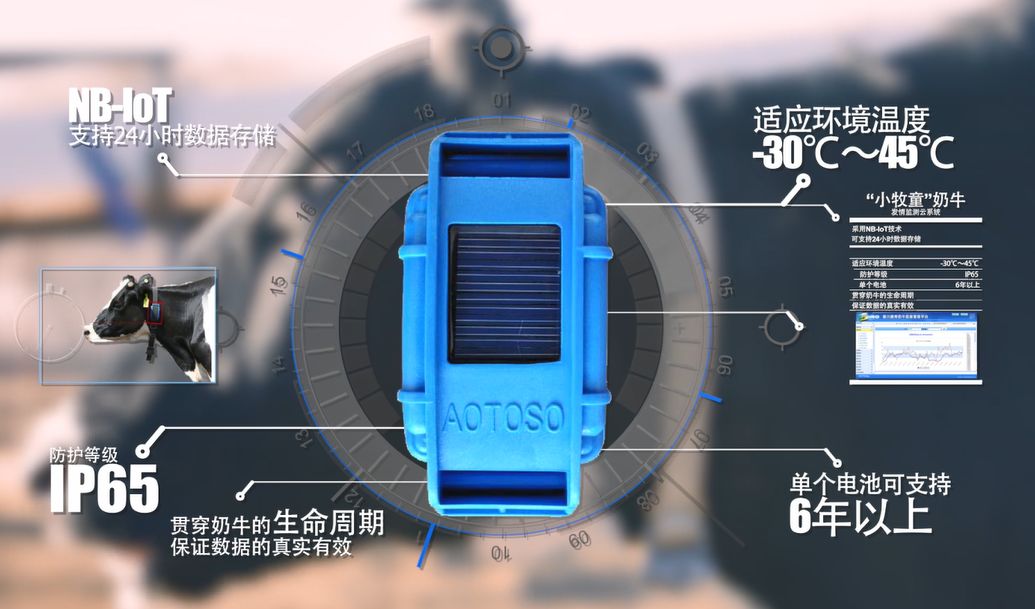
“Internet technology + agriculture,” this cross-border play isn’t just Huawei.
Leading the pack is NetEase’s Ding Lei, who dares to claim first place; by seniority, all internet pigs must call Ding Lei “grandpa.”
In 2009, Ding Lei announced at the Guangdong Provincial People’s Congress, “NetEase is going to raise pigs.” After seven long years of pig farming, in 2016, pigs produced by NetEase’s Weiyang Farm fetched astonishing prices of 100,000, 160,000, and 270,000 per head.
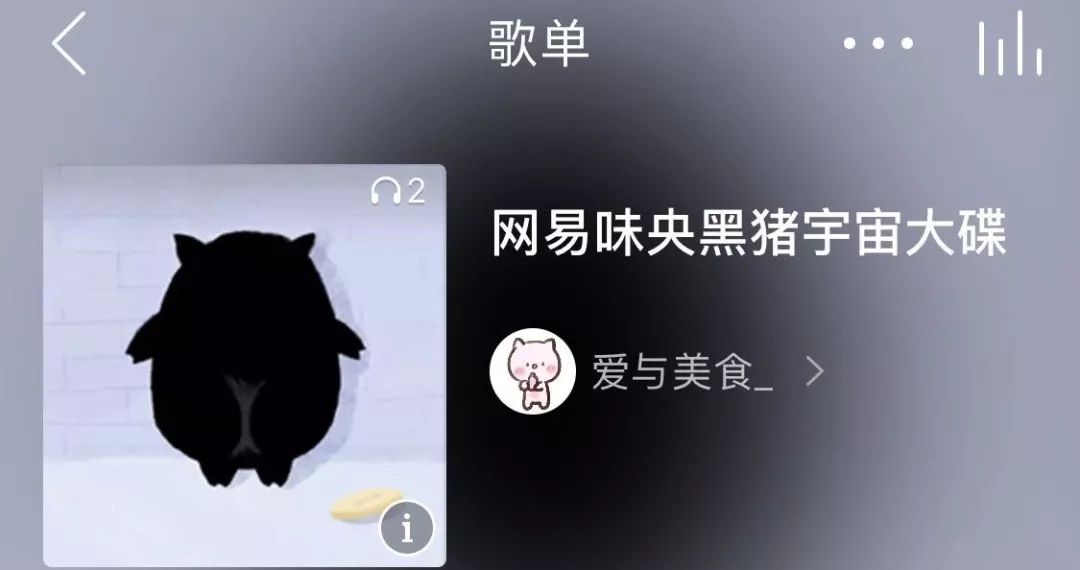
However, the Weiyang pigs, raised on a diet of “listening to music, using the toilet, living in an apartment, and spending 40 yuan a day on food,” are sold on major e-commerce platforms like NetEase Yanxuan and JD for 30-50 yuan per jin, while the average market price for pork is only 15-20 yuan per jin.
In 2017, NetEase Weiyang raised pigs through crowdfunding, raising 19 million yuan; and in April, it secured 160 million yuan in investments from Meituan-Dianping and Innovation Works.
The Weiyang pig is truly a “pig” winner.

The second to enter the agricultural scene is JD’s Qiang Ge.
Compared to Ding Lei’s black, rich, and beautiful pig, Qiang Ge’s 2016 “running chicken” is more characterized by black technology.
JD’s “running chicken” is marketed as “having run 1 million steps, grown for 160 days, and fed on fruits and grains.” By attaching a “step-counting wristband” to the chickens, it can track their running distance just like counting human steps.
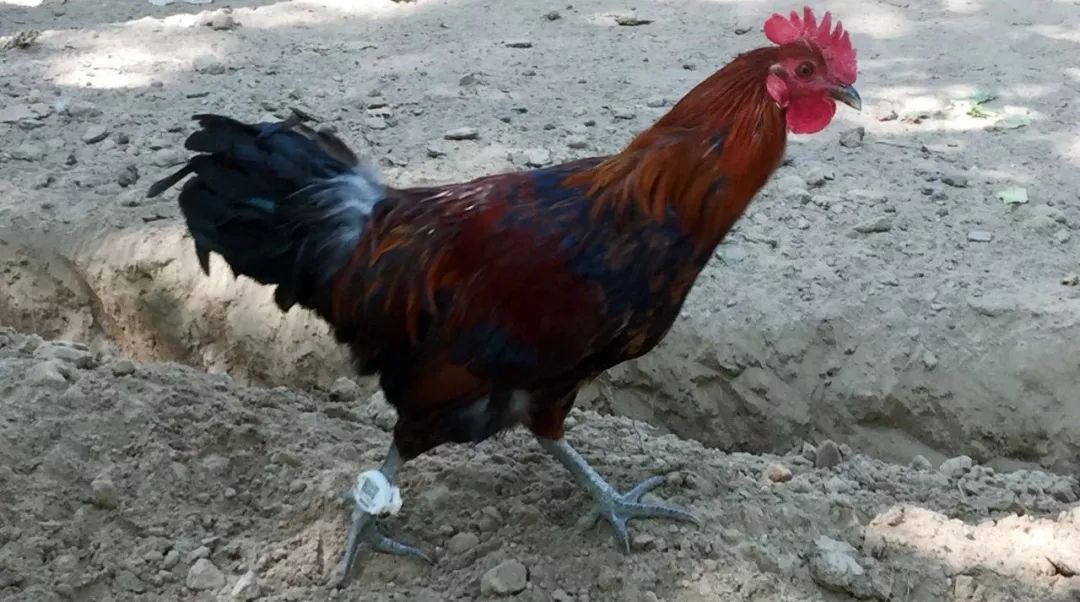
However, there is a problem here; free-range chickens run wild in the mountains, to timely collect and transmit data, we can’t possibly cover the whole mountain with WiFi, right?
Similar to Huawei’s cattle farming, the running chicken benefits from the maturity of NB-IoT technology—due to its wide coverage, large capacity, and low power consumption, the pedometer attached to the chicken can be powered by a battery and connect to scenarios that are 50-100 times better than wireless technology, covering the entire mountain, making it ideal for chickens running freely.
The market performance of running chickens is also evident; with the boost of black technology and Qiang Ge’s repeated endorsements on Weibo, they sold over 30,000 units at a price of 118 yuan each on JD’s self-operated platform. (PS: The market price for Sanhuang chickens is only 35 yuan each)
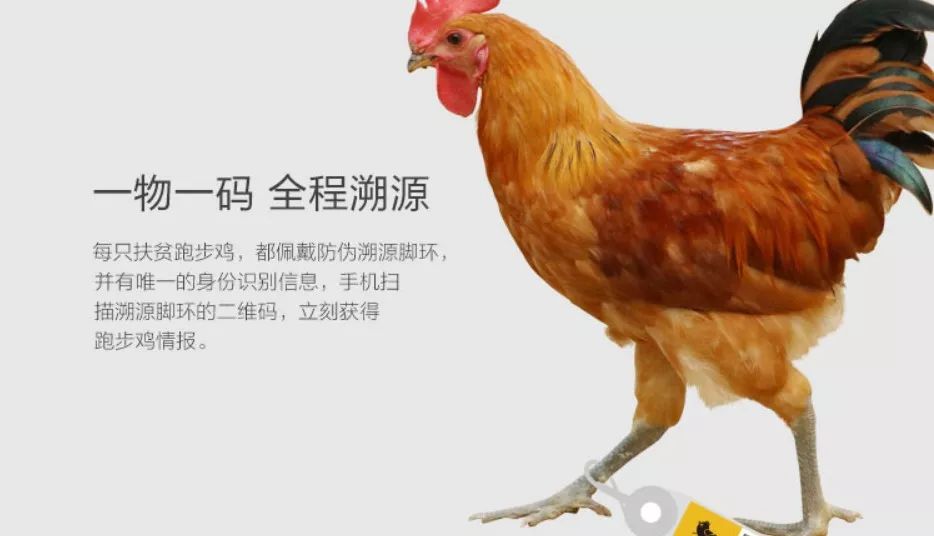
Following closely is Jack Ma, who just opened a bar in Hangzhou Xixi.
In February 2018, Alibaba Cloud announced a partnership with Sichuan Tequ Group and Dekang Group to achieve AI pig farming.
In simple terms, every Alibaba pig is monitored by ET brain (data monitoring and statistical technology) from birth, tracking everything from the pig’s appetite, daily diet, to health status, ultimately achieving precise farming through big data analysis of each pig.
The ET brain can allow sows to produce 3 more piglets per year, reducing the mortality rate of piglets by about 3%.
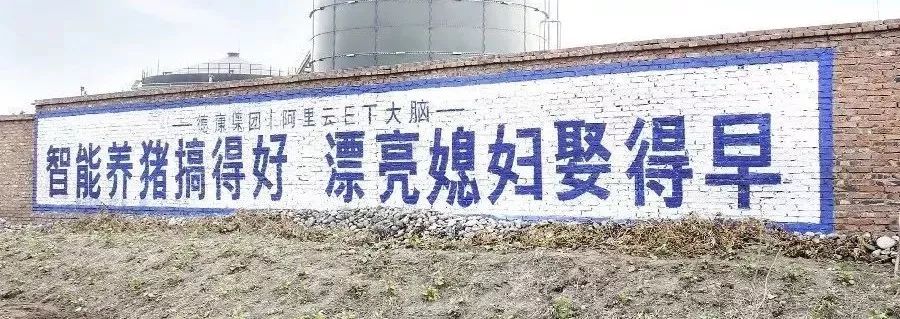
The Alibaba AI pig has not yet been launched, but it is expected to be snatched up by the market at a high price once available.
Huawei raises cattle, Alibaba raises pigs, JD doesn’t spare chickens or pigs, Tencent jokingly claims to raise geese on April Fool’s Day… Internet tycoons are teaming up to engage in agriculture, thus farming has become a high-tech job.

The land-grabbing movement in agriculture
Wherever internet tycoons gather, aside from internet conferences, there are only hotspots.
Ding Lei’s early entry, with Weiyang pig’s A round of 160 million yuan, has fiercely opened up a new hotspot of internet technology + agriculture.
How big is the market behind this?
Taking the pig farming industry as an example.
China has a population of 1.39 billion, accounting for 19% of the world’s population, yet the pork consumption accounts for 49.6% of the world’s pork consumption; pork accounts for over 60% of domestic meat consumption.
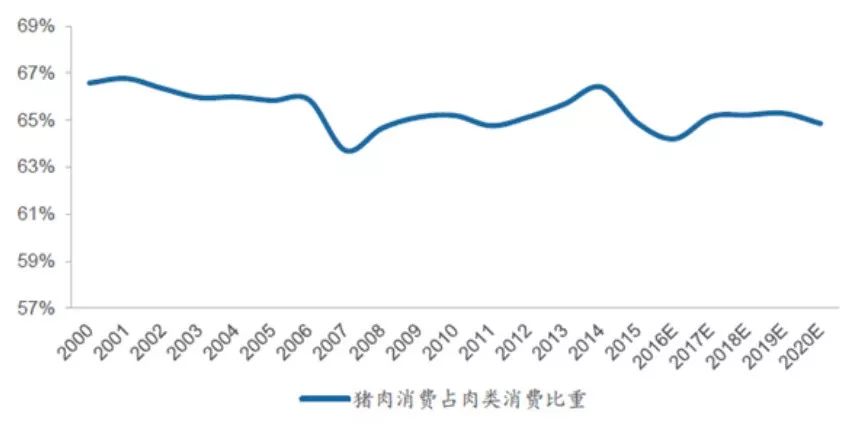
According to the China Industry Information Network: Pork consumption accounts for about 65% of meat consumption.
In 2017, the per capita pork consumption in China was about 80 jin, at an average price of 18 yuan per jin, resulting in a total pork consumption of 2 trillion yuan in 2017.
What does 2 trillion yuan mean? It’s equivalent to 9.36 times the transaction volume of the Double Eleven shopping festival in 2018.
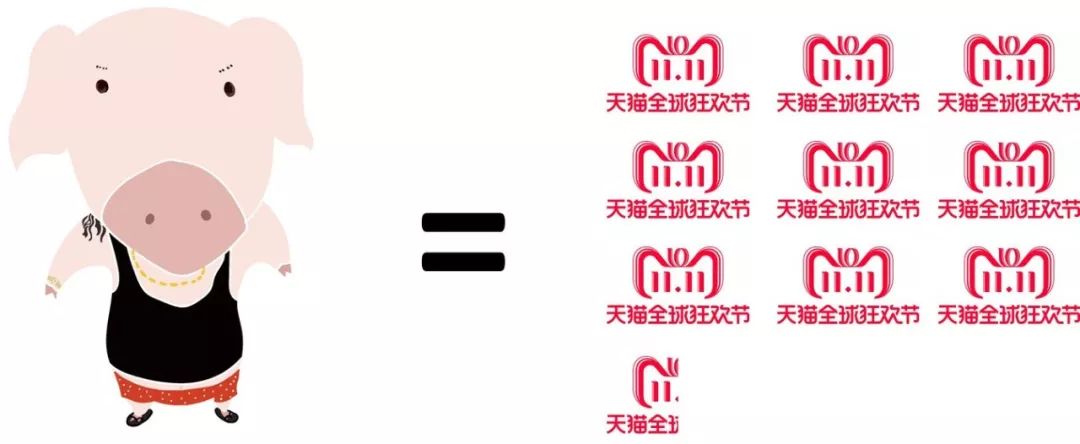
With such a large pork consumption market in China, household farming accounts for nearly 40% of the pig farming industry. The household workshop-style farming has led to a series of environmental issues such as the spread of pig manure, wastewater, and swine fever.
Therefore, starting from 2015, China has increased environmental control in the farming industry, issuing plans such as the “National Pig Production Development Plan,” designating large-scale pig breeding prohibition zones, forcing many households to close their pig farms.

According to the 2018 Annual Report on Pig Farming
At the same time, most of the household pig farmers have a low level of education, using traditional methods for pig farming, resulting in low resource utilization and high production costs per pig; and they lack marketing awareness, unable to effectively connect with demand, putting them in a passive market position with very weak risk resistance.
The national environmental control and the spontaneous shortcomings of household farming,have jointly promoted the scale development of the farming industry.
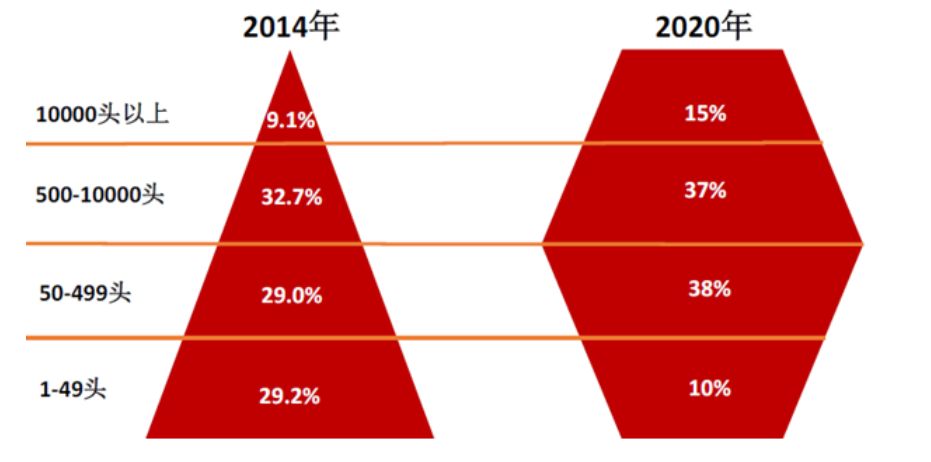
According to the Industry Information Network
In the process where scale has not yet been established, internet tycoons disrupt the scene, injecting capital and technology under the banner of empowering agriculture with technology, forcefully establishing dominion in the trillion-dollar game of the agricultural sector.
On one hand, the pork raised by tycoons with the endorsement of brands and black technology can naturally occupy the high-end pork consumption market, a successful case being the hot sales of Ding Lei’s pig, which sells at three times the market price; concurrently, in the long run, digital farming, efficient resource utilization, and significant labor savings can drastically lower farming costs, allowing them to also occupy the low-end pork market.
On the other hand, the participation of e-commerce giants like JD and Alibaba allows for intervention at the production source, leveraging their powerful supply chains and e-commerce platforms to form a fully connected fresh e-commerce industrial chain. With the upgrade of consumption, the market share captured by fresh e-commerce in the transition from eating enough to eating well should not be underestimated.
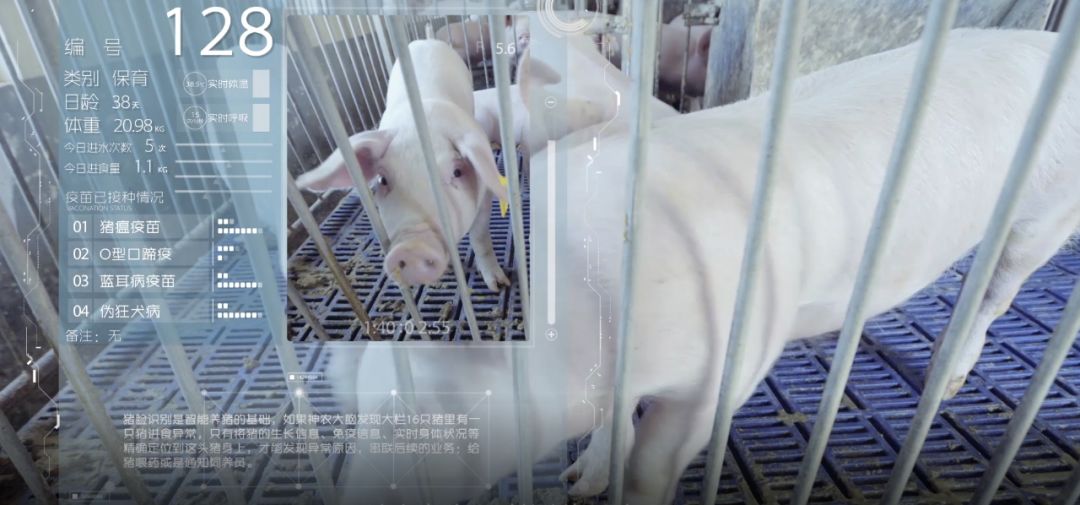
With products, channels, logistics, and traffic, how can smallholders and small companies compete?
Today, internet tycoons are teaming up to raise pigs and farm; tomorrow, they can also team up to raise ducks and grow corn. It seems like they are using technology to promote the digital transformation of agriculture, but it also subtly hints at the preemptive division of interests in the process of agricultural intelligence.

The taste of the Internet of Things: pigs and chickens know first
From Pan Shiyi selling apples, to Chu Shijian growing oranges, and then to Ding Lei raising pigs, this series of attempts of Internet + agriculture actually still remains at the level of using the endorsement and traffic of internet brand IP to better sell products, essentially creating a more efficient supply-demand connection platform.
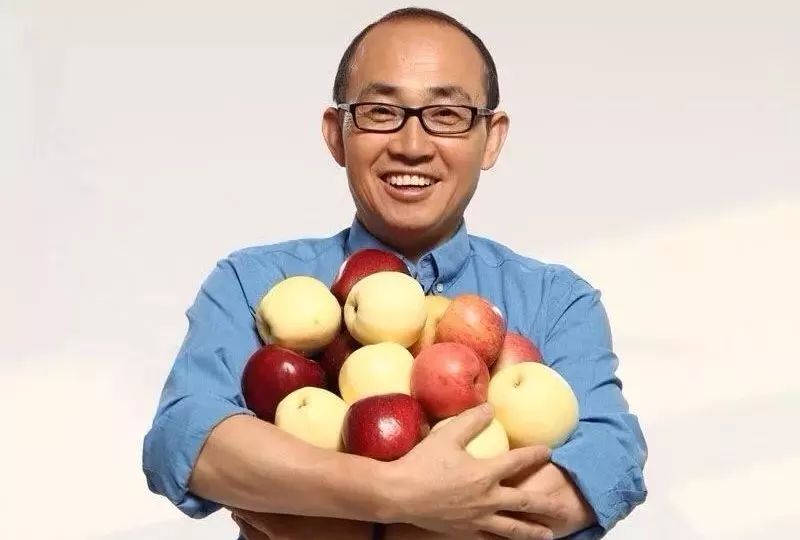
SOHO China Chairman Pan Shiyi
However, since JD’s running chicken began in 2016, it has opened the practical pilot of IoT technology + agriculture.
NB-IoT technology was developed by Huawei and other operators starting in 2013, and was standardized by 3GPP (the communication standards organization) in 2016, gradually moving towards commercial use.
And 2016 was precisely the year JD started raising chickens.
In 2017, Huawei’s cattle farming was also based on NB-IoT technology; Alibaba’s AI pig farming in 2018 was achieved based on the Internet of Things (IoT) and the application of intelligent connectivity.
It can be seen that whether it’s JD raising chickens, Alibaba raising pigs, or Huawei raising cattle, the technical support behind them is the commercialization of NB-IoT.

Technology + agriculture, it’s hard to say whether technology has accomplished agriculture or agriculture has improved technology. But the logical relationship can be understood as: technology provides technical support for the Internet of Things in the agricultural field, while agricultural practices, in turn, drive the development of IoT technology.
Seizing the opportunity before the commercial use of 5G in May 2020, fully practicing IoT technology in the agricultural field, provides sufficient technical support for the future realization of comprehensive connectivity between people and things.
The tycoons teaming up for agriculture might be a large-scale IoT experiment in the agricultural field.

In the future, as Jack Ma stated at the World IoT Expo, the Internet of Things will change the future.
And the taste of the Internet of Things, Alibaba’s pigs, Huawei’s cattle, and JD’s chickens, will know before I do.





